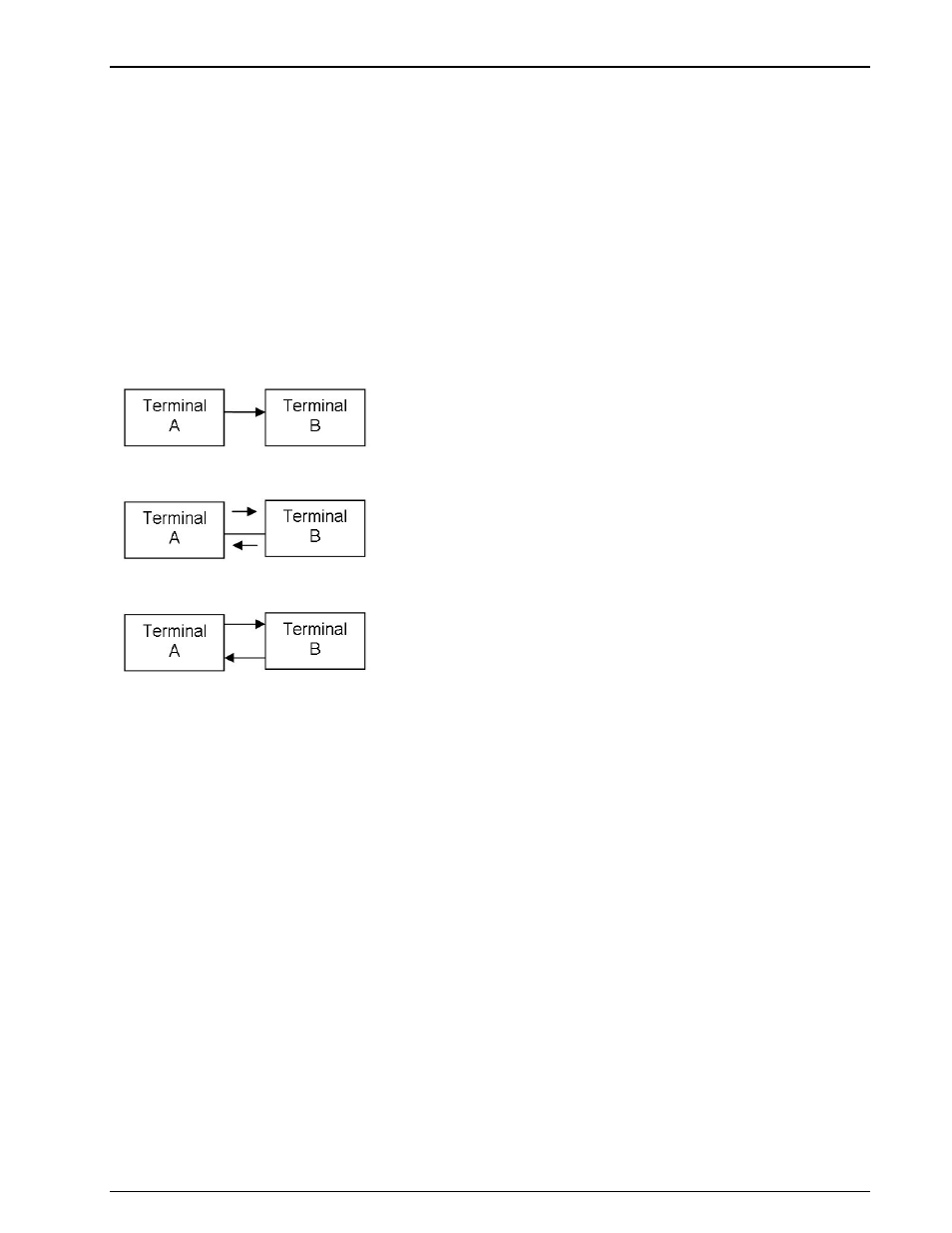Channel coding – Wavecom W61PC V7.5.0 User Manual
Page 109

WAVECOM Decoder W61PC/LAN Manual V7.5
Fundamentals of Radio Data Transmission
99
Channel Coding
Due to the unstable nature of the radio media, especially in case of HF links a number of techniques have
been designed to protect data and ensure a high degree of error free transmission. This is especially im-
portant for the transmission of encrypted information.
Channel coding is about improving performance by providing techniques which can be used to combat fad-
ing, jitter, noise and other perturbations which are properties of time-varying channels as radio channels.
To protect the data extra (redundant) information must be added to the (source encoded) data to be pro-
tected. Bits are either added to existing source code, or the source alphabet is converted into a completely
new alphabet before channel transmission. In addition certain procedures, protocols, are used for the ex-
change of information.
Depending on the nature of the radio link – simplex, half-duplex or duplex - channel coding and protocols
have been devised to detect and/or correct transmission errors.
Traffic between users may be handled in a number of ways depending on requirements and equipment
available.
Top – Simplex (one-way), transmission in only one direction
Middle – Half-duplex, transmission in either direction, not simultaneously
Down – Full-duplex, simultaneous transmission in both directions
ARQ is a technique by which the Information Sending Station (ISS) transmits information in such a
way that the Information Receiving Station (IRS) is able to detect transmission errors and then ask
for repetition of the character or block of characters in error. This technique is used in half-duplex and du-
plex channels.
Several methods are used for error detection and possible error correction. One method is the use of pari-
ty-check codes. One such code in international use for ARQ is the balanced ITA-3 code, consisting of
seven bits with a constant mark-space ratio of 3:4. A ratio different from 3:4 in a received codeword will
be an error and a RQ (Request for Repetition) is issued. This code has no correcting capability.
ASCII is also a parity checking code. The Russian CIS-36 mode combines m-ary modulation with parity
checking. In this case, the data to be sent is formed into blocks and parity is calculated for both rows and
columns – horizontal and vertical parity check.
Another ARQ code is the ARQ-1A parity code. The code words of this code also consist of seven bits; 6
data bits and 1 parity bit. The parity bit is set to 1 or 0 depending on the number of logical '1's in the six
data bits of the codeword.
The Bulgarian ASCII system uses yet another form of parity check called block coding. A checksum is
calculated for a data block and appended to the transmitted block. The IRS calculates the checksum once
again and compares the result with the checksum received. If the checksums are not equal a RQ is issued.
The checksum calculation is often done using a method called a Cyclic Redundancy Check (CRC).